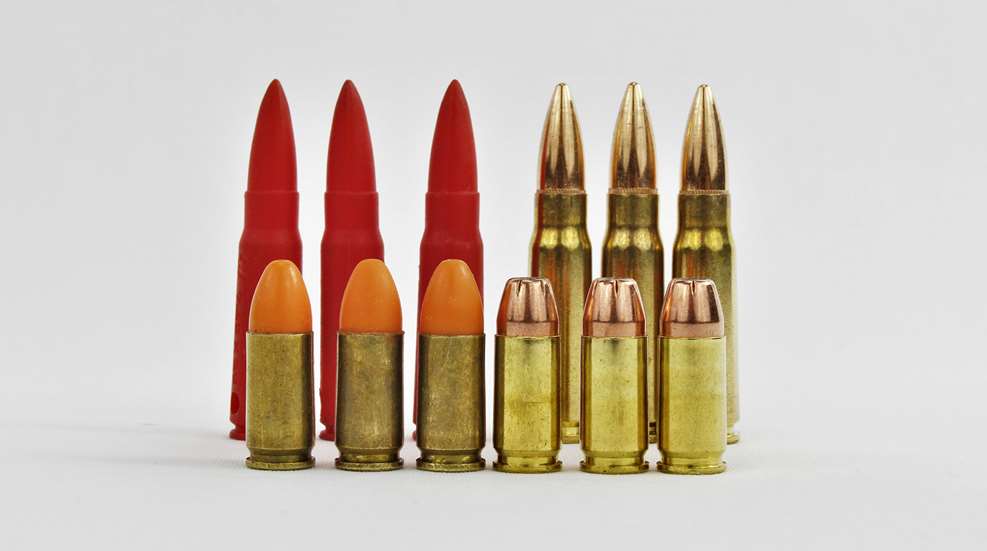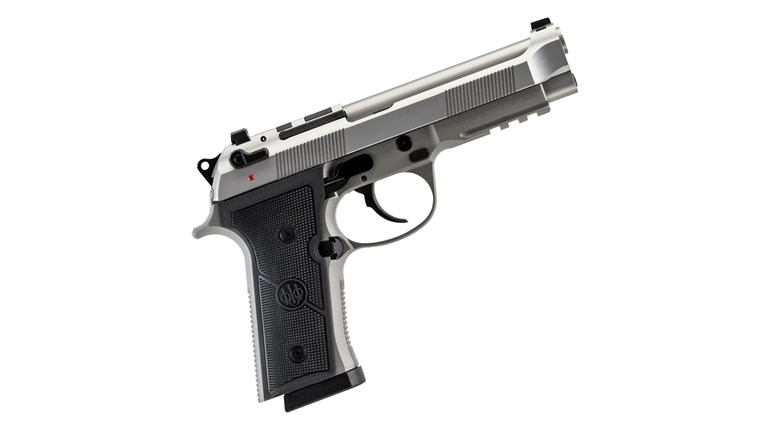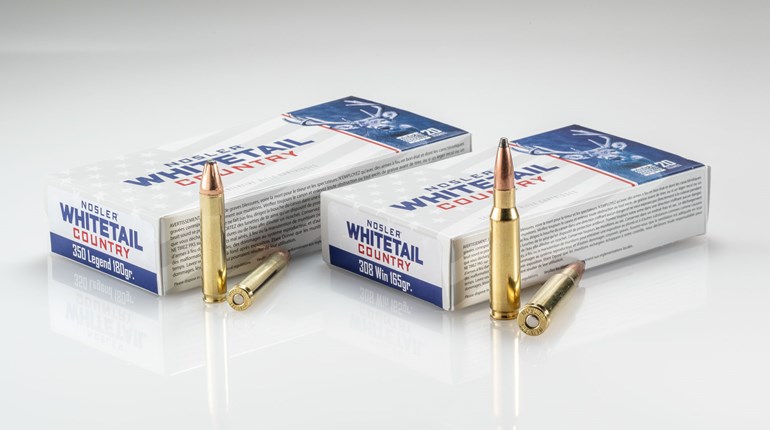
The sport of shooting is learning how to control every muscle in your body during an explosion. This is because we do some interesting things when a gun goes off, and more importantly—the moment before a gun fires.
While we consider the ceasing of the trigger movement and the bullet leaving the barrel to be simultaneous, there is a split second between the two events, and it’s during this period that a shooter will often do something which takes sights off target. Nearly everyone influences the gun involuntarily in some way prior to the bullet leaving the barrel, but they never get to see it because it is covered up by recoil. As this is a fight-or-flight response, it doesn’t happen during dry-fire, because their body knows the gun isn’t going to generate an aggressive rearward movement or the associated noise. However, if they are presented with a gun that they believe will fire and then it indeed doesn’t, their body will react as if it went bang and through the absence of recoil their reactions, anticipations and flinching will be revealed to them.
This procedure is often referred to as the “Ball and Dummy” drill, and I have been using it for more than a decade to help students identify and cure these shooting maladies. The drill gets its name from the two types of ammunition that are mixed into a shooter’s magazine, with “Ball” referring to live rounds and “Dummy” referring to inert ones. Typically, it works best when two shooters are sharing a gun and alternating the role of “coach” and “pupil” but it can be conducted alone as well (more on that later).
There are several ways to set this drill up, which vary on platform and action style.
As the drill originated in rifle use, let’s start there. When working with a rifle with a detachable magazine, you can simply mix in the dummy rounds behind the shooter’s back. While it’s best for them not to even know that dummy rounds are in play, most of the time this will still trigger a negative reaction.
Of course, this only works when you have the proper dummy rounds for the rifle’s chambering. You would think the absence of dummy rounds would be a non-starter for this drill but surprisingly, it isn’t. Remember the goal is only for the gun to not fire, and there are other ways to do that. One of the ways is to intentionally insert the magazine improperly without the shooter knowing. If not completely seated, the bolt will ride over the round and leave them with an empty chamber. Creating a jam in a fixed, internal magazine will provide the same effect. In many ways, this is even more effective than using dummies because they “are certain” that the first round is going to go bang because they were able to see it. This trick also works on the last round if you have a gun that doesn’t lock open when empty like a Ruger 10/22 or a standard AKM. When the gun runs dry and the bolt returns to battery, the shooter will get a click and you’ll be ready to provide feedback.
When that gun goes click, you are looking for the shooter’s reactions in not only their body but their face as well. Provide feedback concerning if they opened or closed their eyes when it went click, grimaced or relaxed as they pressed the trigger, tensed or relaxed muscles in their shoulder or back, or even just exhaled as the shot would be firing. The solution is to relax these muscles, and now that you’ve helped them identify the offending groups, they can concentrate on keeping still as they press the trigger and while the gun recoils.
The Ball and Dummy drill is equally handy for handguns but will be applied differently. As most semi-automatic pistols lock open on the last shot, it takes a bit more creativity to execute this drill without dummies. Distractions are your friend here, as long as they don’t know what you are trying to do.
When setting up a student for their first ball and dummy, I stand beside them and direct their eyes downrange by asking them which target is theirs or which group was the last one they shot. With their eyes off of me, I quickly drop the slide before quietly inserting a magazine, resulting in an empty chamber. Next, I hand the gun over and tense them up a bit by saying, “Okay, this is ready to fire so be careful,” and wait for the “click.” I have found the shooter’s flinch will be its most pronounced in this case, as they have no prior knowledge that this drill was going to take place.
Don’t fret if your pupil is shooting a wheel gun, you can still perform the same routine. All you have to do is set the gun up so that an empty chamber rotates in as the hammer is cocked. Or, if the hammer is exposed, cock it yourself for the full effect.
Pistols shooters react differently than rifle shooters largely because of the way the firearm is held. The most typical flinch looks like somebody tossing away something uncomfortable or dangerous in their hand. Think of the motion you make when a mosquito lands on your skin and you snap your wrist to get it off. If the shooter is exhibiting that motion, they typically need to relax their grip a bit. Flinching can also come from the elbows, as the shooter might finish extending their arms as they pull the trigger. The trick here is to ensure that they have a full presentation without hyper-extending when they press out.
Lastly, flinching also sometimes originates at the hips or the small of the back, showing us that the shooter needs to build a better stance. The solution here is typically just to ensure that they have proper foot placement and balance.
The Ball and Dummy drill has been my most powerful tool for finding and fixing shooter errors but admittedly its largest flaw is that it requires two people to perform as intended. Finding time in your schedule to get to the range can be tough, but trying to sync up two schedules can be a flat-out nightmare. However, you can perform the drill by yourself—it just takes a little bit of know-how.
Revolver shooters can stuff two consecutive chambers with fired brass before spinning the cylinder and closing it without looking. I specify “two” because if the first shot is a dummy, you won’t know which side of the hammer the other dummy is on and the drill stays intact for at least another trigger press. If your firearm is fed from a detachable magazine, simply fill more than one with a mix of dummies and live rounds (without looking if you can), toss them in your range bag, and mix them up. From here all that is left to do is to shoot and pay attention.
Spotting errors by yourself is relatively easy, as long as your attention is on your front sight (it should be anyway). Identifying which muscle group is causing the problem is the first and most important part of solving the issue and as we all learned while eating cereal in front of the TV, knowing is half the battle.


































